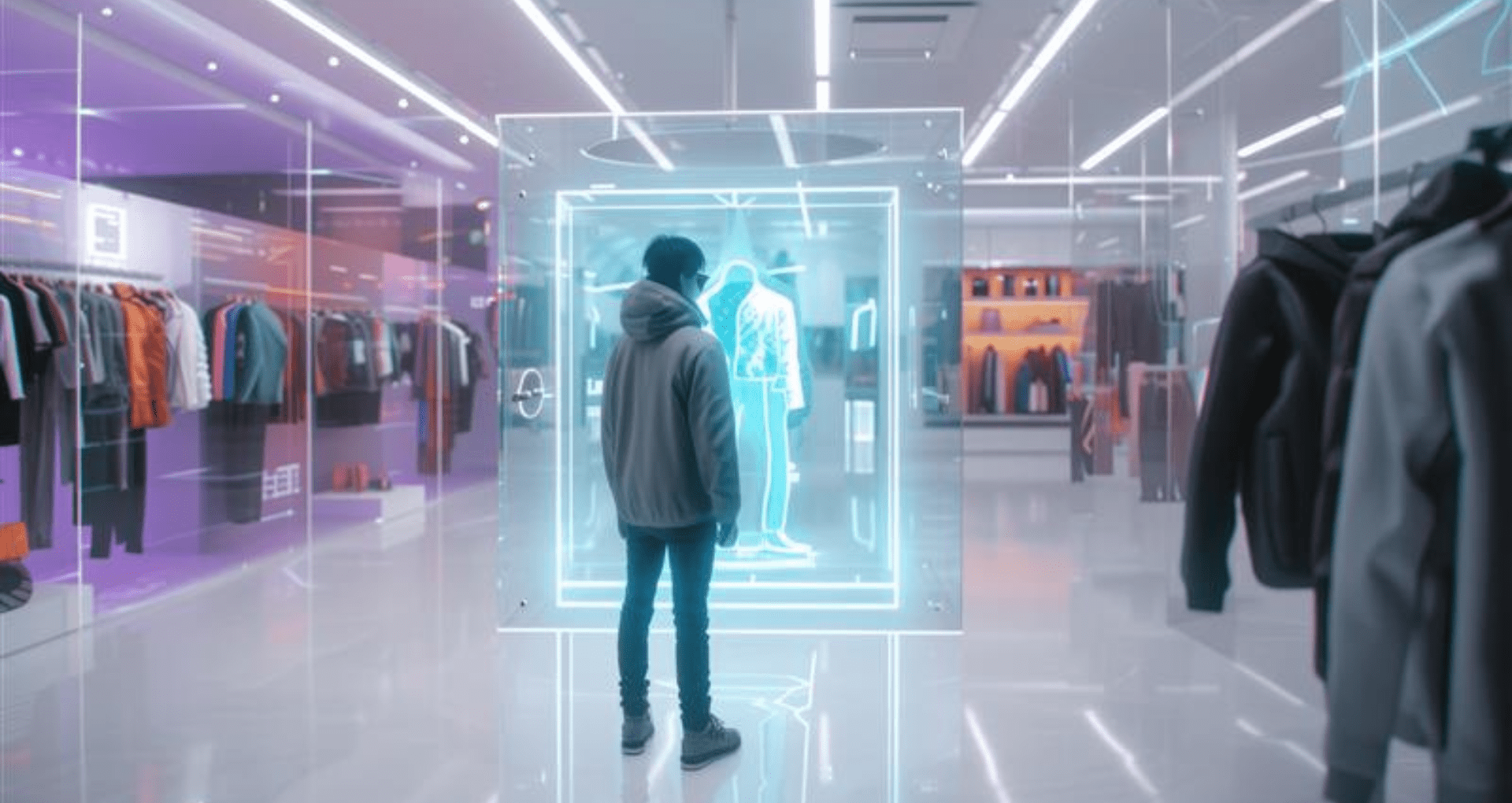Retail has always been sensitive to economic shifts, but today’s challenges are amplified by forces far beyond the control of retailers. Geo-political tensions are reshaping trade routes, sanctions and conflicts are disrupting access to raw materials, and extreme weather events are destabilizing global supply hubs. On top of this, inflation continues to squeeze household budgets, labor costs remain high, and consumers expect seamless, personalized shopping experiences across channels.
This mix of geo-political volatility, economic pressure, and rising customer expectations means resilience can’t just be about trimming costs. True resilience is about agility. It is about the ability to anticipate change, adjust quickly, and protect both margins and customer trust.
Technology, especially artificial intelligence (AI) combined with enablers like IoT and blockchain, is giving retailers the tools to achieve this. Below are six areas where retailers are applying tech-enabled agility to build resilience.
1. Predictive Analytics and Demand Forecasting

Customer demand in the current times is more unpredictable than ever before. In today’s world dominated by social media, trends are quick to spiral into a craze in no time. Products can go viral overnight and fade just as fast. Traditional forecasting can’t keep up.
AI-driven predictive analytics continuously analyzes data, from sales and promotions to weather and local events, allowing forecasts to adjust in near real time.
For example,
- Rue La La, built ML models to forecast demand for new product styles, boosting revenue by nearly 10% without reducing sell-through.
- Target used predictive demand models to cut out-of-stock rates by about 21% and reduce excess inventory costs by about 15%.
The payoff: Better-matched inventory, fewer lost sales, and meaningful margin protection.
2. AI-Driven Price Optimization in Retail

Shoppers under financial pressure scrutinize every purchase. Blanket discounts may drive volume but destroy profitability.
AI-powered tools analyze elasticity, competitor pricing, and historical sales to optimize pricing at the product, region, or store level. Amazon is the poster child here. Its AI reprices millions of items daily, balancing competitiveness and margin. Others, like grocery chains, maintain steady pricing on essentials while using targeted offers to attract footfall.
The result: Sharper pricing strategies, more predictable promotional outcomes, and healthier margins.
3. Smarter Supply Chains with IoT, Blockchain, and Diversification
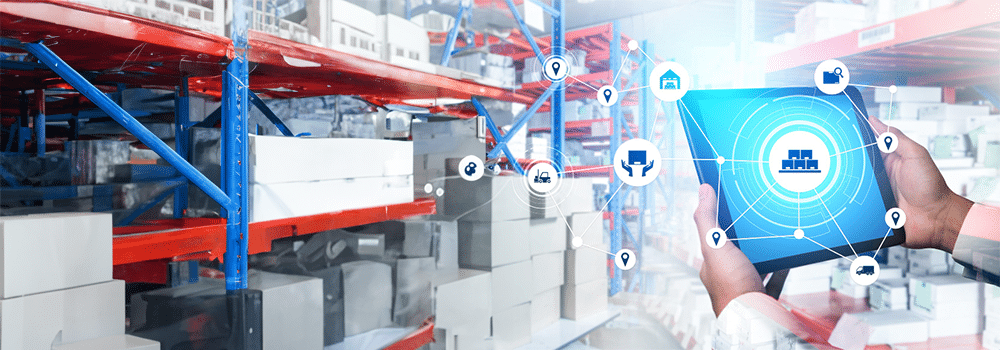
Global events continue to expose supply chain fragility. Transparency and responsiveness are critical.
- IoT sensors track shipments and conditions in real time.
- Blockchain creates tamper-proof records of sourcing and movement.
- Multi-shoring strategies reduce reliance on single geographies.
Zara built a reputation for speed, turning new designs into store-ready stock in weeks. IKEA, rerouted goods via rail when European ports were congested, keeping supply chains moving despite geo-political shifts.
The lesson: Resilience comes from both visibility and flexibility.
4. Omnichannel Inventory Visibility
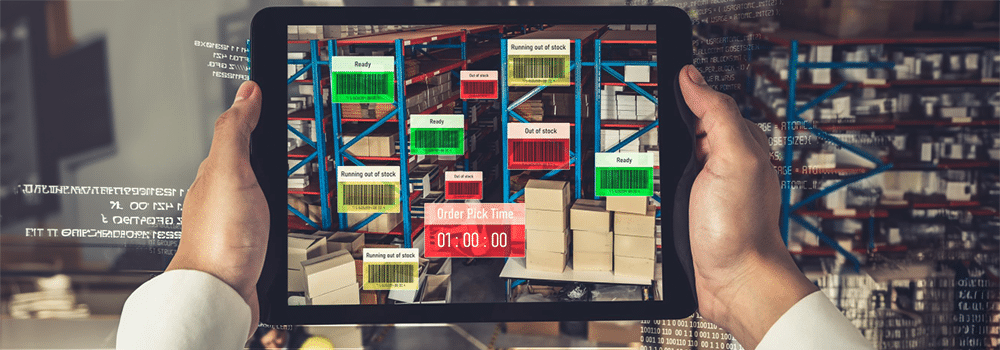
Customers expect inventory accuracy across channels: browse online, buy in-store, or ship from store. Accuracy across channels therefore is non-negotiable.
AI and RFID give retailers item-level visibility, keeping systems synchronized. Sephora links its app to real-time store inventory, letting customers reserve products online with confidence.
The bigger story here is customer trust. Few things damage loyalty faster than a shopper arriving for an item that was shown “in stock” online but isn’t on the shelf. Retailers that invest in omnichannel inventory accuracy are not just improving operations; they’re delivering on a promise of reliability that builds long-term relationships.
The insight: When customers believe availability promises, loyalty grows.
5. Automated Workforce Management
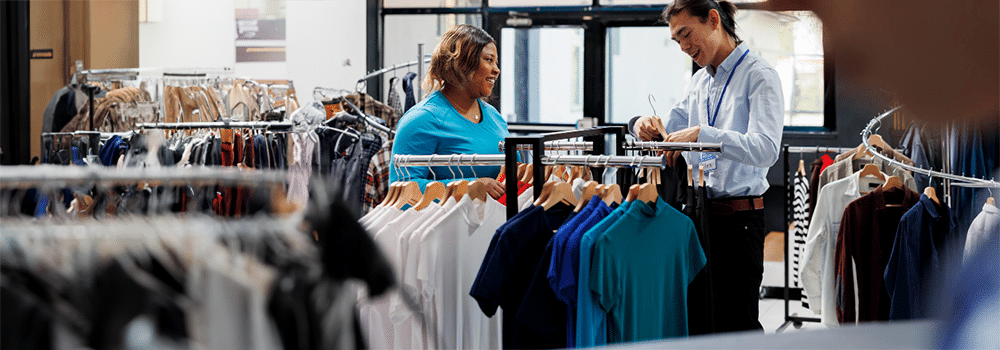
Labor is one of retail’s biggest costs and pain point. Seasonal peaks, unpredictable traffic, and rising wages complicate scheduling.
AI-based workforce tools analyze sales history, promotions, and even weather to create smarter rosters. Starbucks aligns barista shifts with local events and weather patterns, balancing service quality and cost efficiency.
The upside: Happier customers, lower labor waste, and higher staff retention thanks to more predictable schedules.
6. Real-Time Performance Dashboards
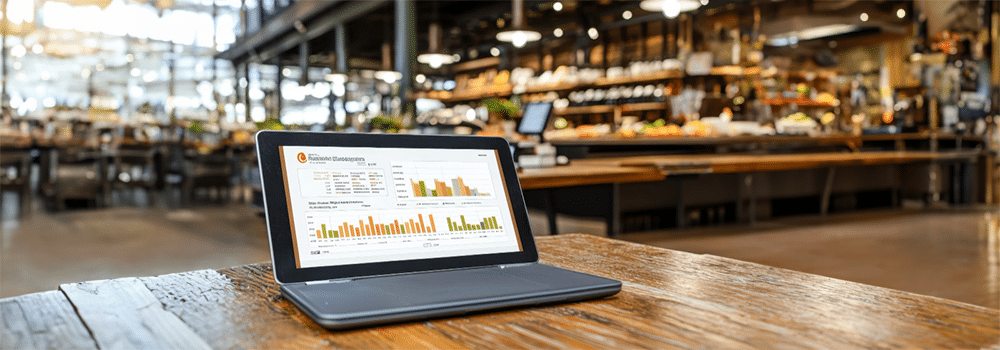
Retail moves too quickly for weekly or monthly reporting. Leaders need to act in the moment.
AI-powered dashboards bring together live data on sales, supply chain, and staffing. Target uses real-time dashboards to adjust promotions and inventory the same day, not weeks later.
The real power: Lies in linking outcomes to root causes: a dip in sales tied to a competitor promotion or staffing gap can be corrected immediately.
Resilience, a Retail Advantage
Together, these six areas show that retail resilience doesn’t require sweeping reinvention. It comes from focused, tech-enabled improvements across demand, pricing, supply chain, inventory, labor, and decision-making.
Technology provides the eyes and intelligence, while strategies like supplier diversification or contingency planning provide the muscle to pivot.
Most importantly, resilience is no longer just a survival tactic. It’s a competitive differentiator. Retailers that can adapt quickly to geo-political shifts, economic shocks, or sudden demand spikes not only protect margins but also strengthen their position with consumers and suppliers. In a world where uncertainty is the only constant, resilience separates those who merely cope from those who lead.





